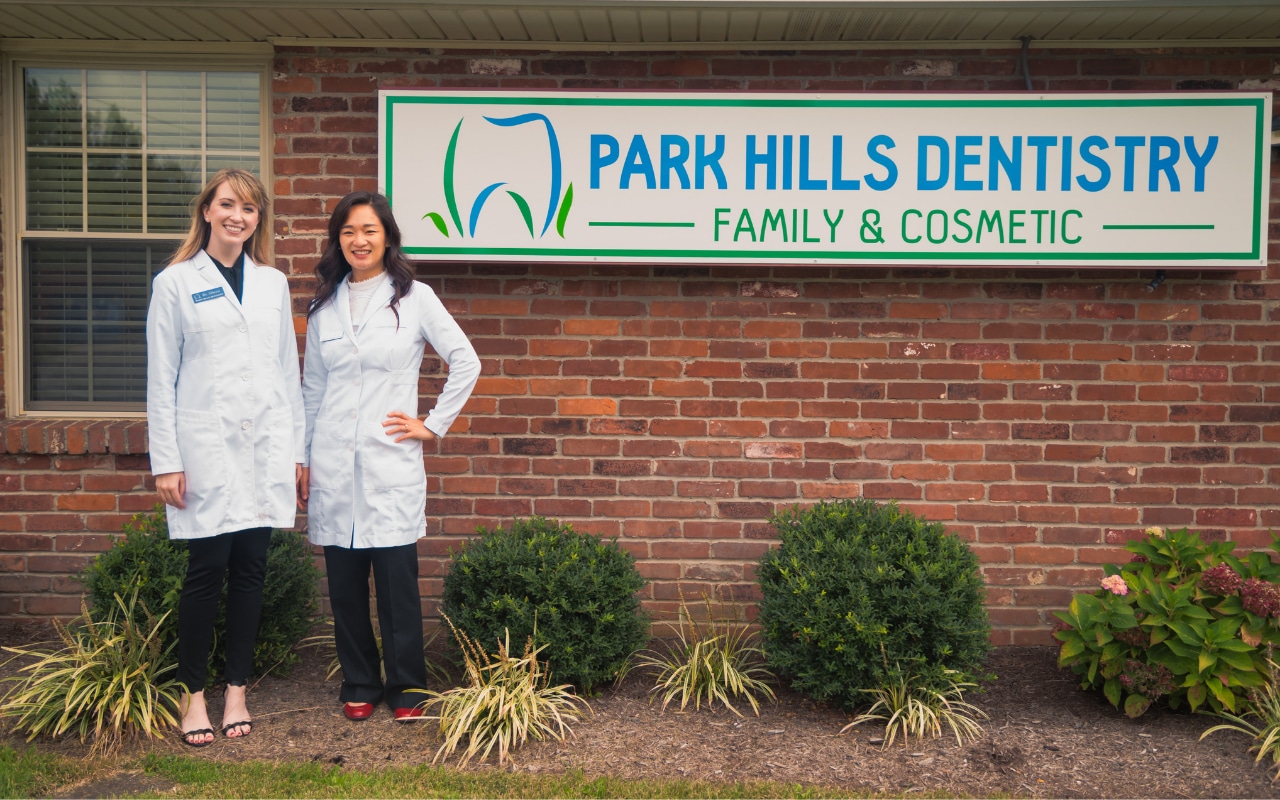Dental Implants Lexington KY
Dental Implants in Lexington KY
A dental implant is a man-made tooth root in your jaw to support a prosthetic tooth or bridge. Most people, however, use the phrase “dental implants” to refer to the combination of the implant (the artificial tooth root) and the artificial tooth. Dental implants Lexington KY may be an option for patients who have lost one or more teeth due to periodontal disease, an injury, or another cause and do not want to use dentures.
Dental Implant Types
The most common form of implant is endosteal (in the bone). Dr. Kim, the best dentist in Lexington KY, explains that this can take the shape of screws, cylinders, or blades surgically implanted into the bone of the jaw. Each implant holds replacement teeth depending on the situation it can be one or sometimes more. Patients already wearing bridges or removable dentures may benefit from this type of implant.
Are Dental Implants Right for You?
If you meet the following criteria, you are a good candidate for a dental implant:
- You have overall solid and oral health.
- Jawbone that is strong enough to hold the implant.
- You have healthy gum tissues and no periodontal disease.
Dental implants are linked to the mouth’s soft tissues (gums) and underlying hard tissues (bone). Periodontists offer the right mix of knowledge to ensure you obtain a dental implant solution that looks and feels like your own teeth since they have undergone three years of specialized training on top of dental school to make them specialists on both soft and hard tissues.
Dental Implant Procedures: What Are They?
Your dentist in Lexington KY will design a treatment plan for you based on your condition and the type of implant you choose.
Depending on your condition, the following are potential therapy options:
- Single Tooth Dental Implants – If you are missing a single tooth, a single dental implant can be used to replace it.
- Multiple Tooth Dental Implants – If you are missing numerous teeth, multiple dental implants might be used to replace them.
- Full Mouth Dental Implants – If you miss all of your teeth, full mouth dental implants can replace them.
- Sinus Expansion – The amount and quality of the bone where the implant is to be put is critical to implant success. Due to limited bone quantity and quality and the proximity to the sinus, the upper back jaw has typically been one of the most challenging places to insert dental implants properly. Sinus augmentation, which raises the sinus floor and develops bone for the implantation of dental implants, can assist in remedying this condition.
- Ridge Modification – Our friends at Park Boulevard Family Dentistry, dentist in Pinellas Park FL, shares that deformities in the upper or lower jaw might leave you with the insufficient bone for dental implants. The gum is peeled away from the ridge to expose the void where the bone is lacking to address the condition. To build up the ridge, the space is subsequently filled with bone or bone replacement. Ridge alteration has been found to significantly enhance the aesthetics of the jaw and increase the likelihood of successful implant placement.
Follow-up on Dental Implant Procedure
Dental implants, like natural teeth, require detailed at-home oral care and frequent dental appointments to maintain function and avoid peri-implant disease. Brushing and flossing are still required to maintain your implant clean and plaque-free.
Following your implant placement, your periodontist will collaborate with you and your regular dentist to create the optimal treatment plan for you. Periodic follow-up appointments will be planned to ensure the health of your implant, teeth, and gums.
Contact Park Hills Family Dentistry Today for Dental Care
When it comes to dental implants they can be for everyone, we just need to find the right plan for you. We have to pin down what types of implant procedure that is needed for your specific needs Contact our team to start talking about the dental implant needs you may have. We are here to help you decide what we want to do moving forward.










